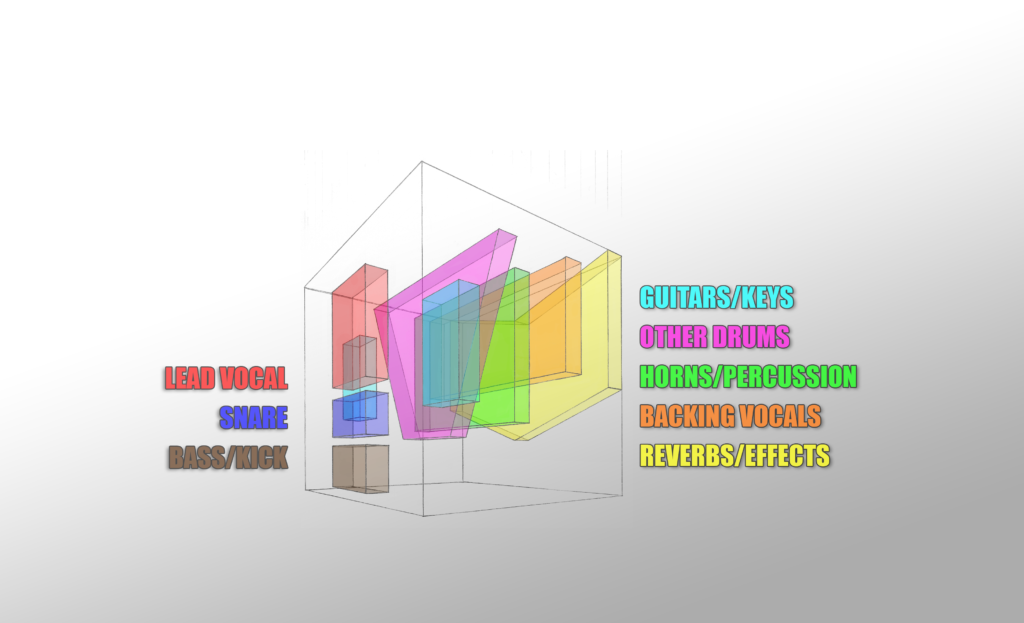Spoiler alert- most of the sounds you hear in films, video games, and TV aren’t actually the sound of what you’re looking at…
The history of Foley is long and interesting: Originating from 1920’s radio dramas which needed live sound effects due to the unreliability of phonographs, evolving into a unique portion of film post-production and being named after Jack Foley, the most talented sound designer at Universal Pictures. But, to make a long story short, most of the time, on-set sound at a film set (known as the field recording) is either too messy or too quiet to use, or it doesn’t exist because the prop objects don’t make the sound of their ‘real’ counterparts. Foley artists use a variety of bizarre techniques in a controlled environment to create sound that matches the on-screen action.
When you produce sound for animation and radio ads, this sound design process is essentially the entire project. At Matrix Digital, we work with companies to create soundscapes that transport listeners to a different environment using many of the same techniques as Film Foley, only without the visual element to reference.
How do you go about transporting a listener to another place and time, using only pieces of audio?
Well, let’s set an objective… Let’s use the example of a credit card company called ‘Asiv’ wanting to get more customers. They’ve had a script written that takes place in a restaurant;
A waiter describes all the delicious elements on the menu… the customer replies:
“Well, that all sounds fantastic, but do you take credit cards?”
“Only if it’s Asiv!” the waiter cheerily replies.
To get cracking on the production of this ad we first need to set the scene with some ambience. We’ll head down Cuba Street to find a busy café and place the portable recorder on a table while waiting for lunch. Back at the studio, we can take that recording and cut together the clean restaurant ambience from the gaps between the songs on their speakers. This audio sample will act as our base audio context, giving listeners a sense of environment.
At this stage, we need more specific sounds, so we set up a couple of microphones in the studio and get some glasses, jugs of water, plates, cutlery, and napkins. We record water being poured, glasses clinking, plates and cutlery being placed down, napkins unfurling, and any other restaurant sounds you can think of. Every sound needs to be performed in isolation and repeated a number of times to get it perfect. We might be here for twenty minutes just trying to get the placing of the wine glasses to sound both natural and purposeful. Sometimes the sound you’re trying to make doesn’t come from the actual object; one time we needed the sound of a lemon wedge being squeezed, but try as we might an ACTUAL lemon wedge just sounded wrong. We ended up using a balled-up wet paper towel being squished instead.
Next, we need all the dialogue, so voice actors need to be sourced and booked in. The tone and delivery need to suit the feeling of the ad while fitting into a very specific time constraint.
Finally, this all has to be edited together. Careful placement, fading, and processing will allow each sonic element to fulfill its potential in the product as a whole. The dialogue needs to feel like it’s in the environment, alongside all the clinks and clatters. The edit and mix are the most precise parts of the process and can take a lot of time and input to get right. Once we’re happy with the product, it gets sent off to the client for approval; they’ll often come back with some minor tweaks of their own.
So, there you have it, an overview of sound design! Projects can vary in size from 6-second YouTube ads, to feature films and everything in between. If you are looking to create something similar or want to elevate your existing content get in touch with us for all your sound design & foley needs.



